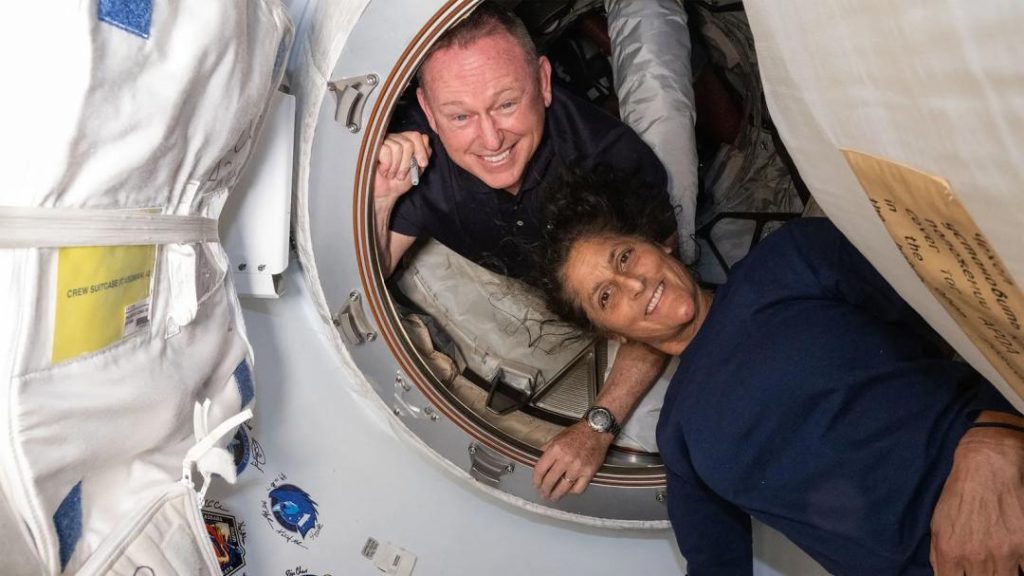
What Challenges will Sunita Williams & Butch Wilmore Face after Returning to Earth?
As astronauts Sunita Williams and Butch Wilmore prepare to return to Earth next week, they may be looking forward to reuniting with their loved ones and reacquainting themselves with the comforts of home. However, their return to Earth will not be without its challenges. In fact, their bodies will undergo significant changes as they adjust to the gravitational pull of our planet.
One of the most noticeable changes they will experience is the loss of bone density. Prolonged exposure to microgravity can cause the bones to lose their strength and density, a condition known as osteoporosis. This is because the body’s muscles and bones have to work together to maintain posture and movement in space, and without the effects of gravity, the bones are not subjected to the same level of stress and strain.
As a result, Williams and Wilmore will have to take steps to counteract this loss of bone density. This may involve engaging in physical exercises that mimic the movements they would have done on Earth, such as weightlifting and resistance training. Additionally, they may be prescribed medication to help stimulate bone growth and density.
Another challenge they will face is the development of “baby feet.” In space, the body does not have to work as hard to maintain posture and movement, which means that the muscles in the legs and feet are not subjected to the same level of stress and strain. As a result, the muscles can become weaker and less toned, leading to a condition known as “floaters’ feet.” This can cause difficulty walking and balance problems, as well as a general feeling of unsteadiness.
To combat this, Williams and Wilmore will likely engage in physical therapy exercises to help strengthen their muscles and improve their balance and coordination. They may also be prescribed orthotics or other devices to help support their feet and ankles.
In addition to these physical challenges, Williams and Wilmore may also experience some cognitive and emotional changes as they readjust to life on Earth. Prolonged exposure to space can cause changes in the brain’s structure and function, which can lead to problems with memory and attention. They may also experience changes in their mood and emotional state, which can be triggered by the stress of reentry and the challenges of readjusting to life on Earth.
Finally, Williams and Wilmore may experience some physical symptoms as their bodies adjust to the gravitational pull of Earth. They may feel dizzy or lightheaded, and may experience nausea or fainting due to the changes in blood volume and blood pressure. They may also experience pain or discomfort in their joints and muscles as they adjust to the increased stress and strain of gravity.
It’s worth noting that these challenges are not unique to Williams and Wilmore. All astronauts who have spent time in space will face some degree of readjustment as they return to Earth. However, the extent of these challenges can vary depending on the length and type of space mission, as well as the individual astronaut’s overall health and fitness.
In conclusion, while Sunita Williams and Butch Wilmore’s return to Earth next week will be a momentous occasion, it will also be a challenging one. As they readjust to life on our planet, they will face a range of physical and cognitive challenges, from “baby feet” to bone density loss. However, with the help of medical professionals and physical therapists, they will be able to overcome these challenges and return to their normal lives.






